Affiliate links on Android Authority may earn us a commission. Learn more.
Why your next premium smartphone will be $1000, and what you're actually paying for
September 12, 2017
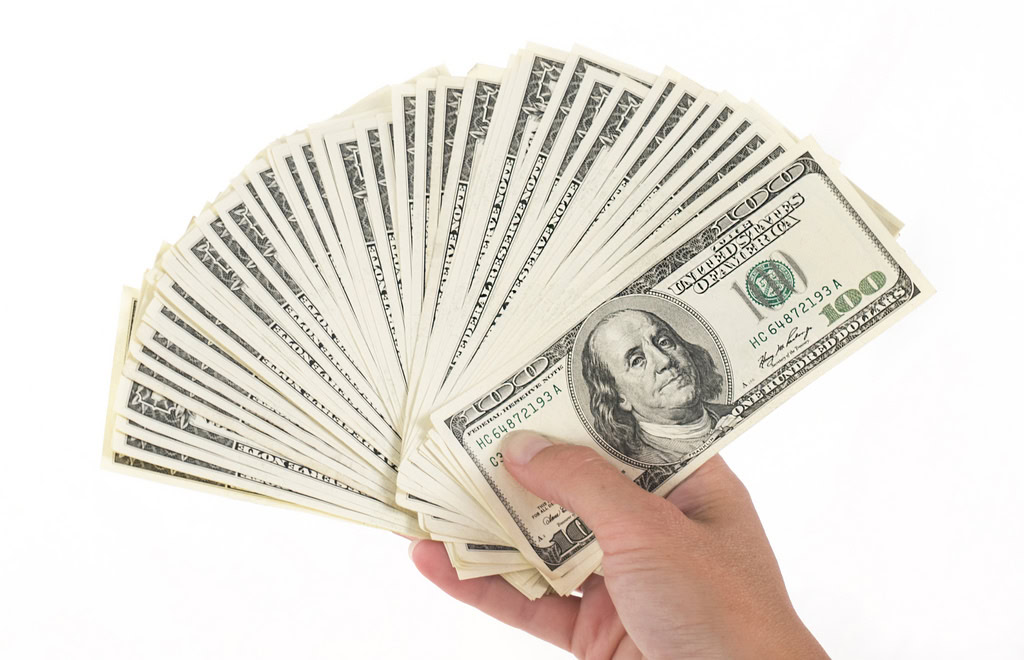
With both sides of the iOS vs Android war set to offer their latest devices for within a few bills of $1,000, flagship smartphones are becoming increasingly expensive. Why?
Both Samsung’s Note 8 and Apple’s new iPhone, to be announced today, are new devices that push the boundaries of great phones: better, brighter and bigger screens, more stunning cameras, faster processing, more sensors, tougher than before, and all in a tighter, svelte package.
After the latest iPhone is announced today, we expect both Samsung and Apple to be offering their highest ever price tags for an outright phone that we’ve ever seen. If, as expected, we see Apple get close to $999 for a new base iPhone, that will be twice what the original iPhone cost, and the $1000 mark is in danger of being broken permanently for the flagships.
The Samsung Galaxy Note 8 was priced at $929 in the US for the base 64 GB internal memory model. Right now, Samsung are offering a free gift of a Gear 360 or a 128 GB SD Memory Card plus wireless charging module, both value at $190 or more, plus a discount on Premium Care, and accessories, with free shipping (but before tax).
In Australia, the same 64 GB Note 8 is priced at AUD$1,499, including tax. Down under, the $1,500 mark has been cited as the unbreakable boundary: a survey of 1,000 Australians found that the expected price tag of $1,500 for the new iPhone flagship is 63 per cent more expensive than what they are willing to spend.
What is it about these round numbers of $1,000 (or $1,500!) that drive us to avoidance?
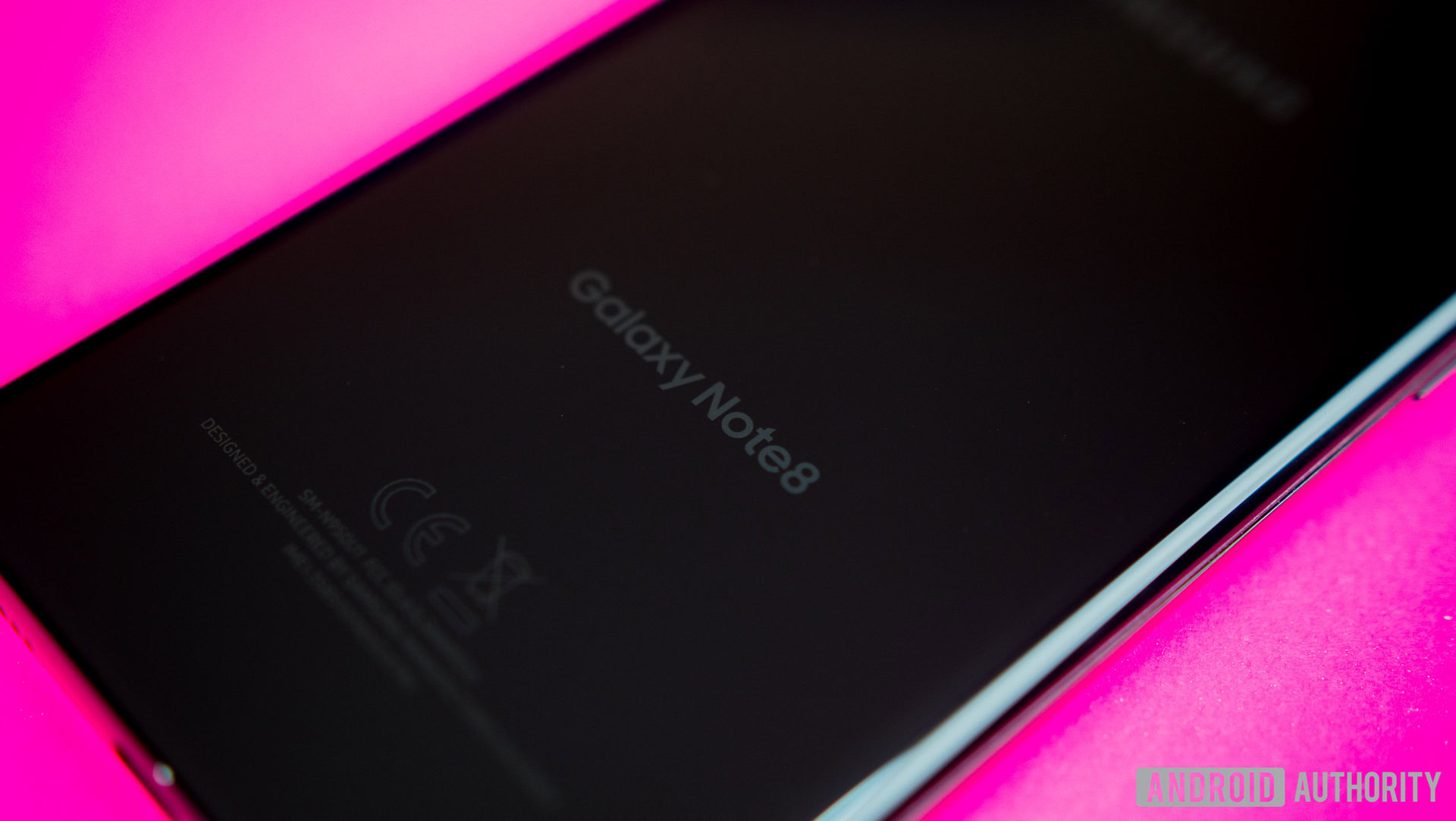
Pricing psychology is well studied and well understood by marketers. Apple have been the benchmark for this for some time, using every trick in the book.
One obvious example that we’re all familiar with is pricetags ending in 9. Still, it might surprise to see on Apple’s online store that there isn’t a single product offered by Apple that doesn’t end in 9. Why?
We always seem to see price tags set at $199, or even $199.99 or $199.00 which should mean to us a flat $200. By making the left-most digit smaller, we perceive the cost to be dramatically less. Even going along with the left-digit-effect, numbers ending in 9 appear to have substantial gravity.
A well-known experiment conducted by researchers at the University of Chicago and MIT examined the ‘$9 price ending effect’ through sales of women’s clothing. Prices were variously set for dresses at $34, $39 and $44. The researchers found dresses sold some 40 per cent more with a price set at $39, even though that was more expensive.
How big a barrier is $1,000? Barclays’ analysts released an investor note that said from its survey, only 18 per cent of iPhone-owning respondents would spend more than $1,000 on an iPhone. That number increases to 36 per cent for an $800 iPhone. Perhaps they should have asked, what about a $999 iPhone?
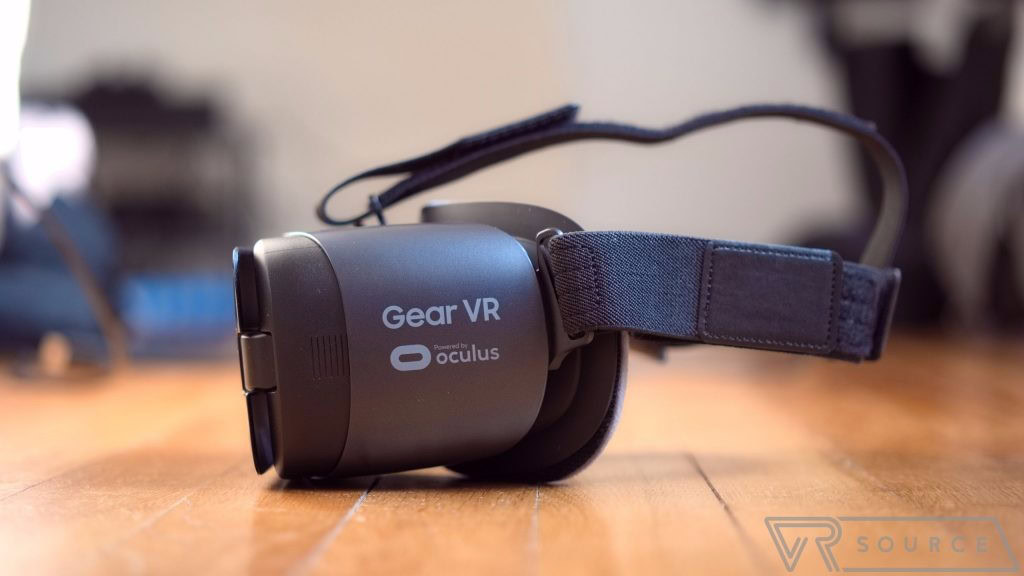
What about perceptions of value?
The value of what we’re getting is another psychological tool used by the likes of Samsung and Apple to push us to justify our purchases. Samsung include a plethora of freebie accessories and bundled goodies, while the same Barclays analysts said that iPhone purchasing intent increased with suggestions of bundled extras such as Apple Music and iCloud storage.
Why? Value in the eyes of a consumer is a classic marketing concept found in all good 101 textbooks.
To brush up, customer-perceived value exists in four categories: functional value, monetary value, social value, and psychological value.
Functional value is the most direct – just what the solution provides to a customer. Monetary value is what a product is perceived as being worth, compared to function. Social value is how the product allows consumers to connect with others, something found in premium smartphones. Psychological value is the extent to which a product makes you feel better or allows you to express yourself.
The premium end of the phone market with the best devices ever seen are not playing to monetary value or functional value. The propositions are around psychological value and social value. Since the original iPhone was released at just half of the likely cost of today’s device, our phones have become us. They’re indispensable, and have been called an extension of ourselves for years now.
Having the latest phone triggers a feeling inside of us; it affects your brain. A BBC documentary undertook a neuroimaging study and showed that the latest Apple products activate the same parts of the brain in its fans as religious images trigger in a person of faith.
If religion isn’t your thing, we bet both food and sex are. Technology analyst Patrick Moorhead told AP this week that phones could be more valuable that even those. “People now value their phones more than any other device and, in some cases, even more than food and sex,” Moorhead said. That explanation alone suggests we’ll pay far more than what we tell a survey we’re comfortable with.
But what are we paying double for, exactly?

What contributes to the cost
Costs for premium phones are rising even as the sheer scale of manufacturing hits new highs. It’s simple to point at more features and better devices, but the technology industry is famous for Moore’s Law: the ability to race to double speeds every 18 months. That goes along with bigger capacities in smaller spaces, faster RAM, faster networks for more cloud storage, while everything continues to shrink.
Almost every type of tech product has become cheaper over the last two decades. PC hardware, according to the US Bureau of Labor Statistics, saw the PC hardware and accessories index fall 94 per cent since 1997 to 2015:
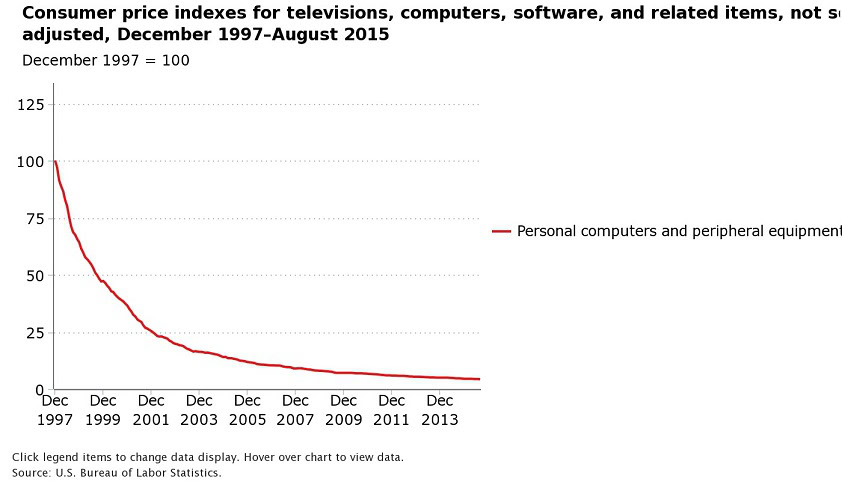
But this isn’t the case in smartphones at the top end of the market, which has shown a strong trend upwards over the years.
While the lower end of the market continues to progress in terms of cost-benefits – or simple functional value, where device manufacturers continue to pack more and more features into quality low-cost devices.
According to IHS teardowns, costs to manufacturers for parts and builds are increasing. The Samsung Galaxy S8 total cost including manufacturing rose to $307.50, up from the Galaxy S7 cost of $290. Previously the S6 Edge was around $34 per unit higher than the costs of the Galaxy S5.
The Note series is the same, according to IHS:
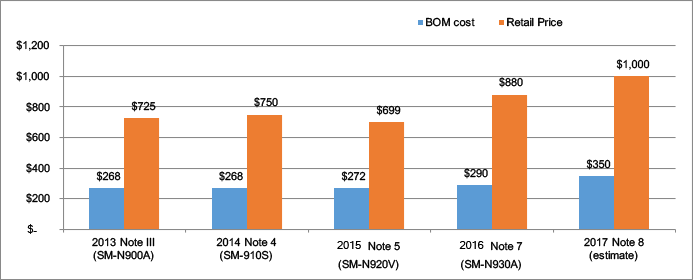
Apple’s bill of materials and manufacturing costs have consistently risen as well:
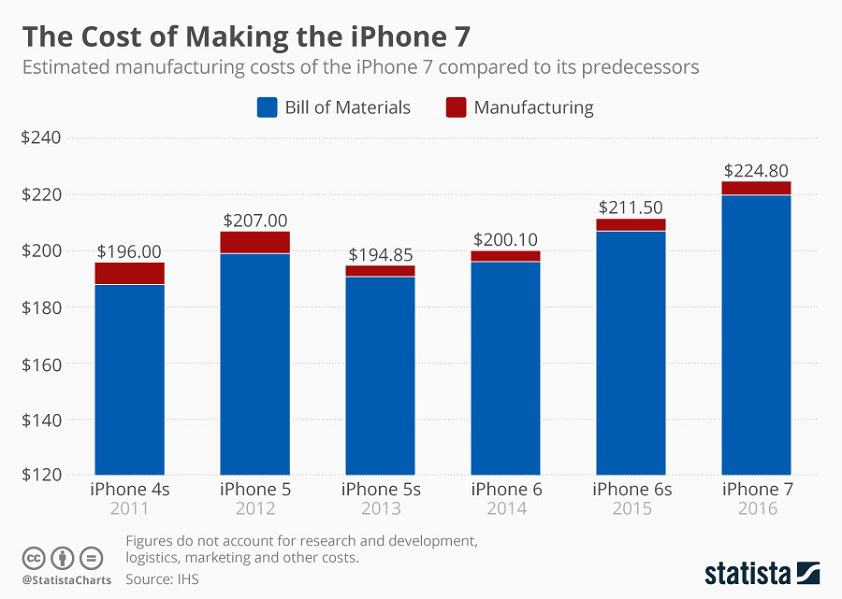
And of course this cost isn’t the total for either company on each device. Other major costs of intangibles like engineering, R&D, marketing, sales, support, and so on, are all added on top.
Samsung Electronics, the division of the Samsung behemoth that works on mobile devices, was the second highest global spender in R&D in 2016, investing more than $13 billion. Apple weren’t far behind, spending $10.39 billion, their most ever, and a significant bump from previous years.
The Note 8, once teardowns have confirmed all components, appears to be Samsung’s most expensive ever device thanks to the OLED screen, dual-OIS cameras, Cat 16 connectivity, 6 GB of RAM, and more. And just like Samsung, it is expected that the next iPhone will be Apple’s most expensive ever. These new phones need this to provide sufficient evidence of innovation, to avoid being seen as just the latest commodity.
According to a handful of analysts tasked with monitoring Apple’s supply chain, the new iPhone is set to include new technical features for the company, including Samsung-made OLED displays with minimal bezel, as well as 3D camera sensors and possible infra-red sensors too for facial recognition.
Investors and stakeholders within Samsung and Apple won’t tolerate increasing costs cutting into the gross margin on each device sold. More R&D, more expensive devices with more technology, and more staff than ever to sell and support sales means there’s nowhere to go other than beyond the $1,000 mark.
Consumers have given off warnings that this price barrier might be too far for them, but so far the data comes from surveys for an upcoming, unknown device. Against the power of psychological value, which Apple have harnessed like few other companies, wallets might be opened more easily. Perhaps as proof, just ahead of the keynote today, Samsung CEO DJ Koh told Korean media that Note 8 pre-sales from local markets and 40 overseas markets have been very strong. Apple like to be the leader – but are they courageous enough to break $1,000?